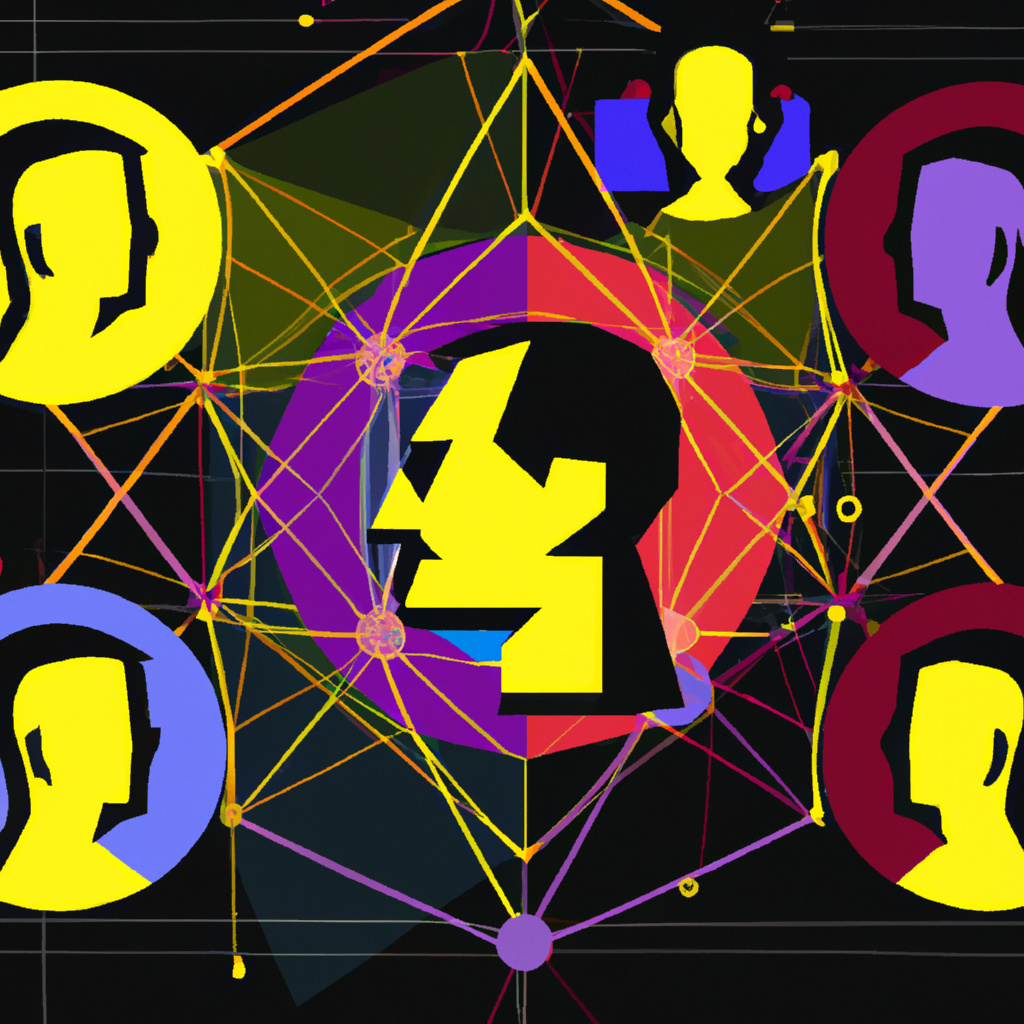Labs
Service Designer
Service designers are professionals who combine design thinking and user-centered approaches to create and improve services.

Service Designer: Exploring the Role and Impact of Design in Transformation Projects. Discover how service designers bring creativity and user-centered perspectives to create meaningful experiences that drive innovation and transformation.
Where did Service Designer come from?
Service design is a field that emerged in the 1990s, focusing on creating and improving services to meet customer needs. It combines principles from design thinking, user experience, and business strategy to create innovative solutions. Service designers collaborate with various stakeholders to understand customer journeys, identify pain points, and develop holistic service experiences. This approach has gained traction worldwide as organizations recognize the importance of designing services that deliver value and enhance customer satisfaction. Service design continues to evolve as technologies advance and customer expectations evolve.
What are the key concepts?
Some of the key concepts involved in Service Designer include:
- Service designers are professionals who combine design thinking and user-centered approaches to create and improve services.
- They focus on understanding the needs and desires of customers, identifying pain points, and designing solutions that provide a positive experience.
- Service designers use various tools such as journey mapping, prototyping, and stakeholder analysis to develop innovative service offerings.
- Collaboration with different stakeholders is crucial for service designers to ensure effective implementation of new services.
- The ultimate goal of service design is to enhance customer satisfaction, increase efficiency, and drive business growth through the delivery of exceptional services.
What's the process?
Service design is a collaborative process that aims to create meaningful and user-centric experiences. Service designers follow a systematic approach, consisting of several key activities.
-
Research: The first step involves gathering insights about users, their needs, and the existing service landscape. This helps identify pain points and areas for improvement.
-
Analysis: The collected data is then analyzed to derive meaningful conclusions and identify patterns or opportunities for innovation.
-
Ideation: Service designers facilitate brainstorming sessions to generate ideas for potential solutions that address identified challenges or gaps.
-
Prototyping: The selected ideas are transformed into tangible prototypes that allow stakeholders to visualize and test possible service concepts.
-
Testing & Iteration: Prototypes are tested with users, enabling designers to receive feedback, refine their solutions, and iterate until an optimal service design is achieved.
-
Implementation: Once the design is finalized, it can be handed off to development teams for implementation while considering factors like scalability and feasibility.
-
Evaluation: After deployment, continuous evaluation of the implemented solution ensures its effectiveness in meeting user needs as well as business goals.
By following this structured process, service designers enable organizations to deliver enhanced experiences by aligning customer needs with business objectives throughout the transformation journey
What outcomes can you expect?
Some of the outcomes you can expect from working with Service Designer are:
- Understand the role and responsibilities of a service designer in innovation and transformation projects.
- Gain insights into the key principles and methodologies used by service designers.
- Learn how service design can help identify customer needs and improve user experiences.
- Discover how service design can drive business growth and increase customer loyalty.
- Explore real-world examples of successful service design projects and their impact on organizations.
Are there any debates or criticisms to be aware of?
- Some critics argue that service design focuses too heavily on aesthetics and user experience, neglecting the underlying functionality and efficiency of a service.
- There is a debate over whether service designers should possess technical skills or if their role should be limited to understanding user needs and coordinating with other professionals.
- One drawback of service design is the difficulty in measuring its impact and return on investment, making it harder for organizations to justify the resources allocated to it.
- Controversy arises around the level of involvement of stakeholders in the service design process, as some believe it may lead to compromised solutions or diluted innovation.
- Another debate revolves around whether or not incorporating customer feedback into every aspect of service design may result in overly subjective outcomes that do not address broader organizational goals.
Conclusion
Service Design is a valuable approach that focuses on improving and enhancing services by understanding user needs and delivering meaningful experiences. It contributes to innovation, streamlines processes, fosters collaboration, and promotes sustainable business growth. However, there are ongoing debates about the role of Service Designers, resistance to change within organizations, clashes between user needs and business goals, scalability concerns, and privacy considerations. Despite these challenges, the benefits of implementing Service Design can greatly outweigh the drawbacks when approached strategically and with stakeholder alignment.
TLDR;
- Service design is a collaborative and multidisciplinary approach to designing and improving services.
- It helps organizations understand user needs, create innovative solutions, and enhance customer experiences.
- Benefits include improved customer satisfaction, increased efficiency, and enhanced business value.
- Challenges may arise in integrating service design with existing processes and ensuring organizational buy-in.
- Successful implementation requires a user-centric mindset, effective communication, and continuous evaluation.
